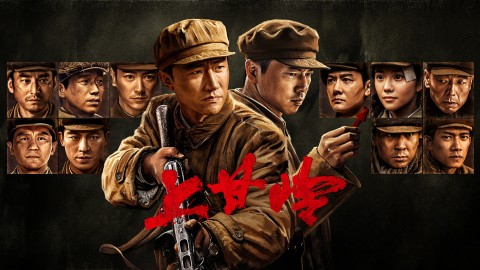Lightseeker: The Story of the Young Mao Zedong - A Critical Analysis of Historical Drama Production
In our rapidly changing era, the grandeur of history on the screen seems to have been portrayed with superficial strokes by some producers, and "Lightseeker: The Story of the Young Mao Zedong" is undoubtedly a member of this shallow trend.
Today, I want to talk to you about this drama, but more importantly, about the issues hidden behind the splendid visuals. Let's also discuss the production quality. Nowadays, technological advancements have enabled us to create astonishing visual effects, but it seems that "Lightseeker: The Story of the Young Mao Zedong" lacks the dedication to pursue this aspect.
The construction of the scenes, the accuracy of the costumes, and even the basic use of lighting all give off a sense of hasty and shoddy craftsmanship. How can such production quality support the weight of history and the intricacy of culture? It is worth mentioning that casting for historical dramas has always been a significant consideration. Actors like Tang Guoqiang, Gu Yue, Hou Jingjian, and Wang Renjun, who we remember portraying Chairman Mao, exuded a radiant presence and a restrained charisma that vividly brought the characters to life and conveyed the weight of history.
However, Liu Cheng Lin's casting in this production is undoubtedly a failed attempt, reminding us that casting should not solely focus on popularity but should also prioritize the compatibility between the actor and the character. Therefore, for works like "Lightseeker: The Story of the Young Mao Zedong," we should scrutinize them with a critical eye and analyze them with a rational attitude.
We look forward to the birth of more outstanding historical dramas that can provide us not only with visual feasts but also with knowledge and nourishment for our souls. Let us anticipate and witness the rebirth and sublimation of historical dramas together.


